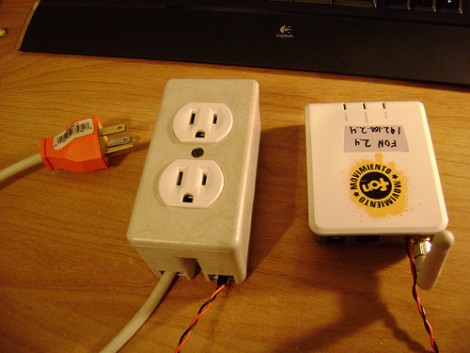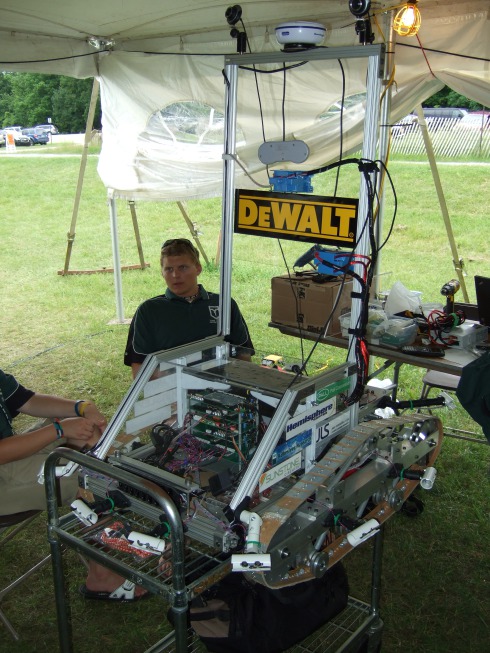
[Gigawatts] struggled against a shoddy Internet connection for quite some time. Changing modems, having the line serviced, and spending far too much time on the phone didn’t do any good. In fact, the only thing that fixed the problem was power cycling the modem once it stopped responding. His solution was to automate the power cycling process. He added a cron task to his router which is running DD-WRT, a favorite firmware alternative for hacked routers. The script monitored the WAN connection and when it went down it would toggle one of the serial port pins. He whipped up an outlet box with a relay in it and used that serial pin to cut the power going to the modem. A workaround yes, but it was the only thing that brought an end to his frustration.



















